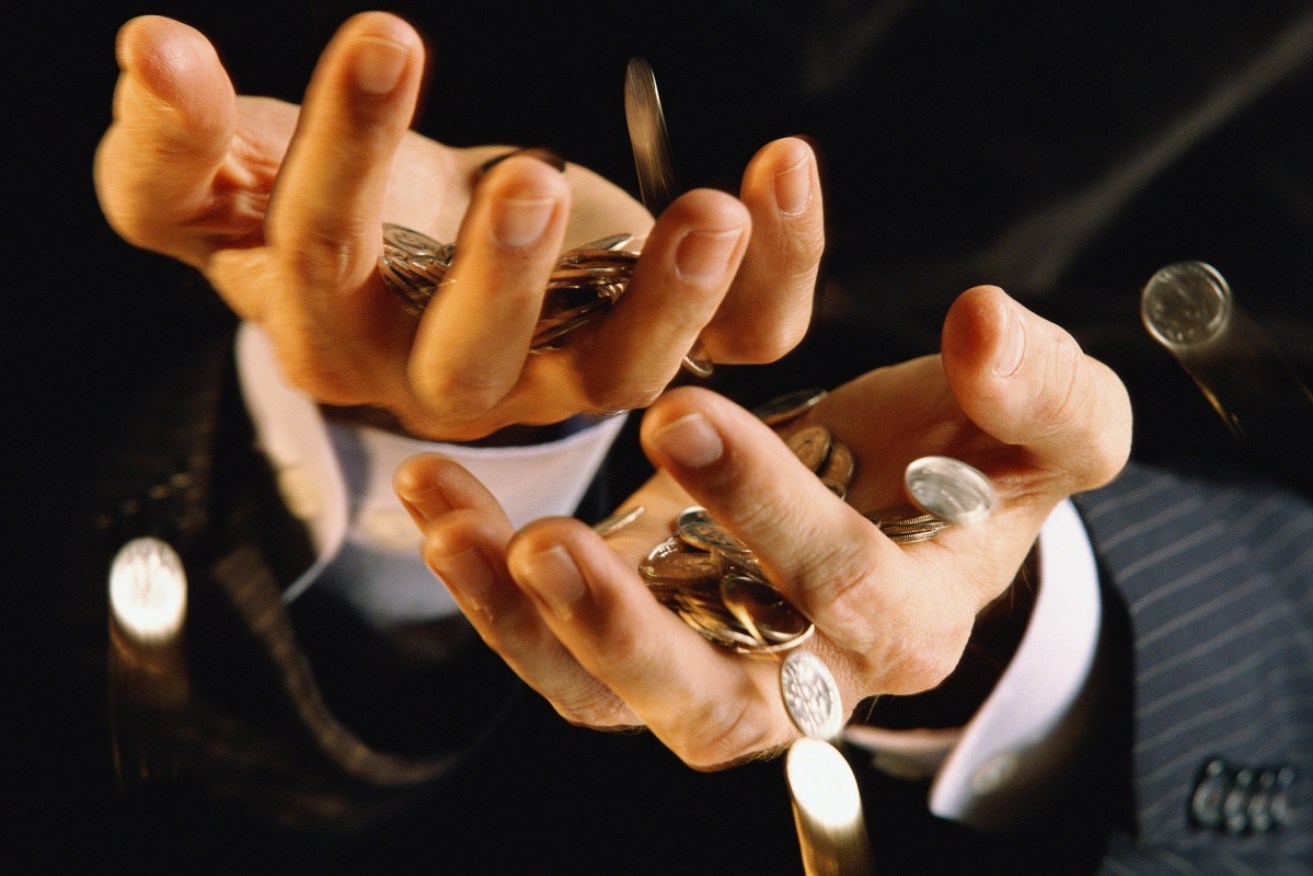Ending our addiction to ‘free money’ will not be easy


Recent gains in wealth have more to do with central-bank manipulation than the creation of value within the economy. Photo: Getty
Slowly a consensus is growing that the global financial crisis is ‘over’, with commentators relying on various indicators to make the call.
At the The New Daily, we argued the ‘war was over’ a few weeks ago when the US Federal Reserve announced the next stage of the end of its stimulatory bond-buying program.
Others have based their call on rising bond yields – that is, falling demand for ‘safe’ bonds as investors switch into other assets classes.
In the UK, the Telegraph newspaper called it this week based on a tightening of offical interest rates.
And others have pointed to the record highs on the US stock market, stronger global growth forecasts, and even the dubious achievement of breaking the 6000 mark on Australia’s ASX 200 share index.
What’s normal?
But if the crisis is ‘over’, what will the non-crisis look like?
What was ‘normal’ before the 2007 sub-prime crisis and the subsequent Lehman Bros credit crunch of 2008-09? And will the world ever look like that again?
The answer is no, because the GFC came at the end of a fairly abnormal, decades-long evolution of the financial system.
It started with the end of the ‘gold standard’ monetary system in the mid-1970s, moved through the exuberant credit creation while Alan Greenspan was chairman of the US Federal Reserve, and then evolved into the ‘financial engineering’ free-for-all seen in the lead-up to 2007.
The bursting of the GFC bubble created yet more abnormality.
Huge stimulus spending plans were launched around the world, and central banks were forced to use a raft of unconventional measures to pump up securities markets and encourage businesses and consumers to borrow and spend.
So there really is no ‘normal’ to return to.
One thing that does look certain, however, is that the relationship between asset prices and wages is about to change yet again.
Back to basics
Ask a bunch of school kids where ‘income’ and ‘wealth’ come from, and they’ll probably say ‘wages’ or ‘business profits’.
They’d probably be surprised, therefore, to know that some of their parents have been making more money in recent years by watching the value of their house or share portfolios rise.
If, for example, their parents owned a house in Sydney valued at $600,000 five years ago, it would now be worth about $1.1 million.
So mum and dad made $100,000 per year from their house during a period in which average total earnings (across men and women) grew from $55,000 to $61,000 per annum.
If the parents skimmed 10 per cent of those capital gains off through ‘equity withdrawal’, their household would have had about $10,000 a year more to spend than if they relied on their wages alone.
That might prompt a child to ask: ‘Where does all that free money come from?’.
The answer, of course, is capital gains, but not all capital gains are the same.
When you invest in a company, the value of its shares will rise if the size of its market grows or if it gets better at creating ‘value’ for its customers using the same resources.
Both of these are ‘real wealth’ because they result in more goods or services, or more valuable goods or services, being consumed.
But the ‘free money’ capital gains are different.
Central banks have worked out in the past few decades that when the economy is faltering, they can tinker with the relative values of wages and asset prices, which creates both winners and losers.
Those who end up winning can go on a spending spree – like the family above with its $10,000 extra per year to spend – and hopefully kick-start economic growth.
In the GFC era, this has been taken to a new level. The winners – especially those owning houses or shares – have made a fortune from low interest rates or the ‘money printing’ process known as quantitative easing.
Spending artificially inflated capital gains is great fun, and it’s utterly addictive.
Sadly, however, it’s also a finite process. The ‘free money’ has to stop flowing as central banks begin to raise rates or taper off their quantitative easing programs.
As they do so, many households will have to remember how to live on their wages, their business profits, or interest and dividends from real investments.
And as with coming off any highly addictive drug, that will involve a fair bit of pain – including the anguish of realising all that ‘free’ money wasn’t really free at all.








